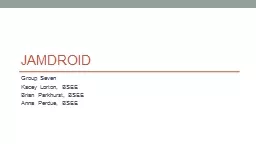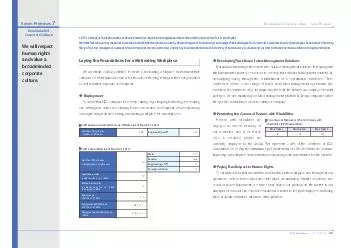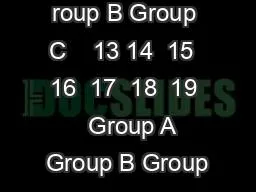PPT-Jamdroid Group Seven
Author : mitsue-stanley | Published Date : 2019-11-07
Jamdroid Group Seven Kacey Lorton BSEE Brian Parkhurst BSEE Anna Perdue BSEE What Is I t Electrically controlled electromechanical system that produces humanlike
Presentation Embed Code
Download Presentation
Download Presentation The PPT/PDF document "Jamdroid Group Seven" is the property of its rightful owner. Permission is granted to download and print the materials on this website for personal, non-commercial use only, and to display it on your personal computer provided you do not modify the materials and that you retain all copyright notices contained in the materials. By downloading content from our website, you accept the terms of this agreement.
Jamdroid Group Seven: Transcript
Download Rules Of Document
"Jamdroid Group Seven"The content belongs to its owner. You may download and print it for personal use, without modification, and keep all copyright notices. By downloading, you agree to these terms.
Related Documents











![[DOWNLOAD] - Excellence in Teaching with the Seven Laws: A Contemporary Abridgment of](https://thumbs.docslides.com/903270/download-excellence-in-teaching-with-the-seven-laws-a-contemporary-abridgment-of-gregory-s-seven-laws-of-teaching.jpg)

![[DOWNLOAD] Excellence in Teaching with the Seven Laws: A Contemporary Abridgment of Gregory\'s](https://thumbs.docslides.com/1004007/download-excellence-in-teaching-with-the-seven-laws-a-contemporary-abridgment-of-gregory-s-seven-laws-of-teaching-649b853f343ec.jpg)
